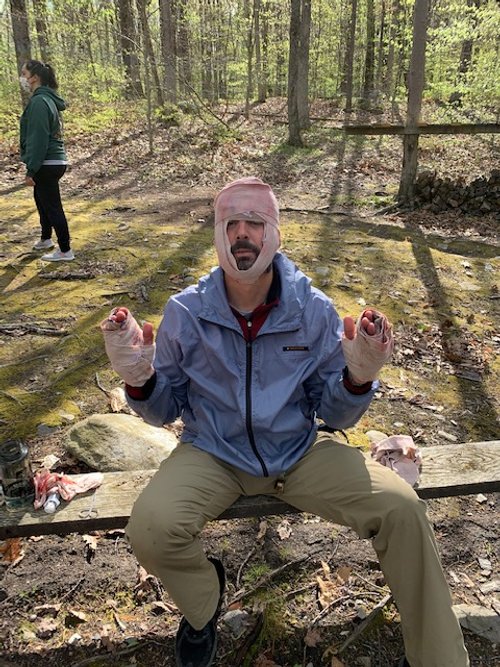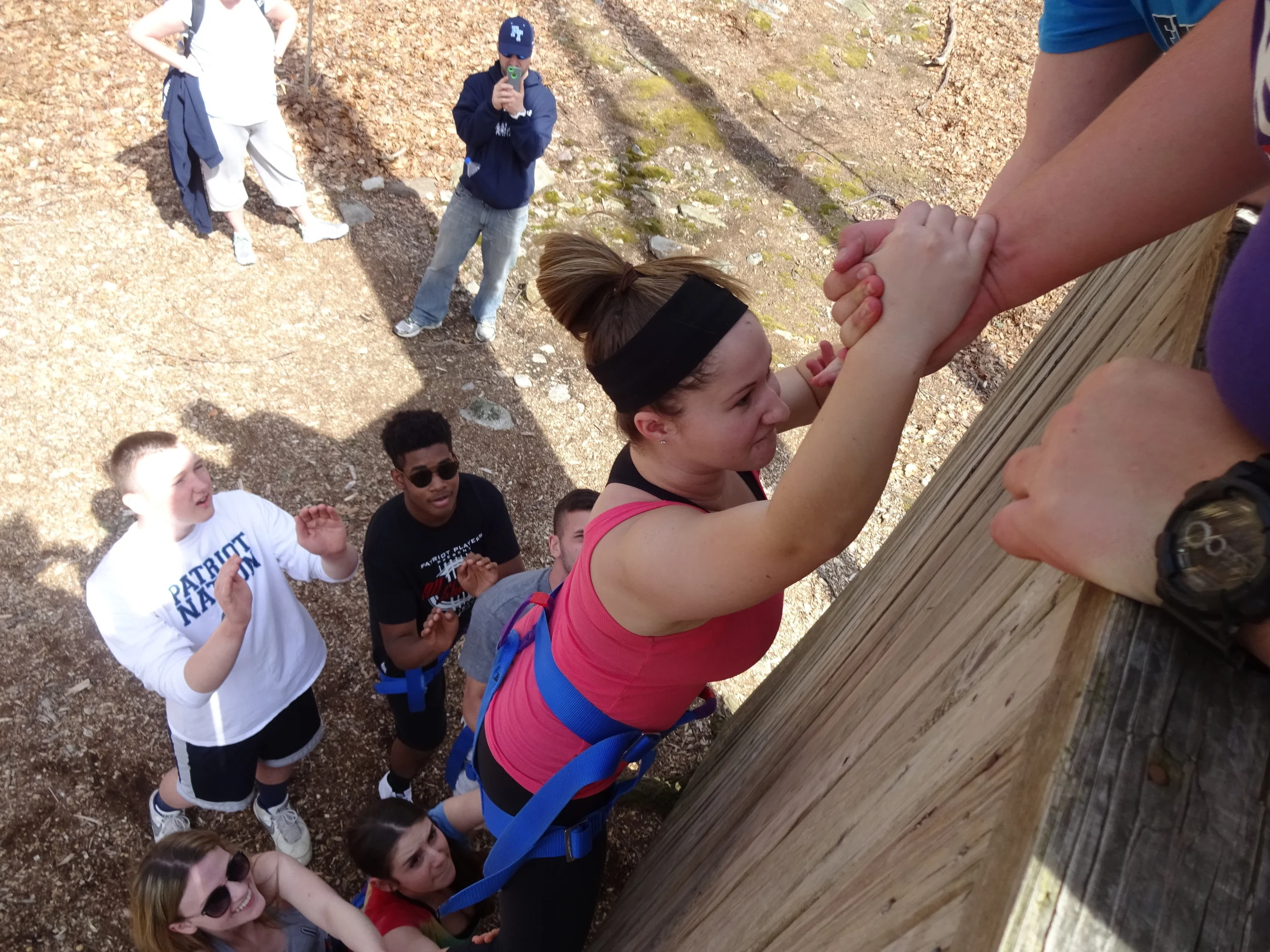Celebrating Our Differences with Winter Celebrations
/“It is not our differences that divide us. It is our inability to recognize, accept, and celebrate those differences.” – Audre Lorde
Sun Peeks through the trees at the Princeton-Blairstown Center on a Snowy, Winter Day.
We are not the same. We come from different backgrounds, look different from each other, and practice different religions and philosophies. But, like Audre Lorde said, it is not our differences that divide us. Learning about our differences gives us empathy, compassion, and a chance to connect. Sometimes, when we take the opportunity to learn about our differences, we actually find some similarities.
What better time is there to reflect and connect than at the end of the year, as we complete another journey around the sun? The end of the year brings in a host of festivities, holidays, parties, and fun. However, our celebrations may look different based on our differences in identity, culture, heritage, or religion. Below is a short list of Winter Celebrations to help you understand and connect with others this holiday season.
1. Diwali: Diwali is a 5-day celebration of light over darkness and good over evil celebrated by billions across faiths. People who practice Hinduism, Jainism, and Sikhism celebrate Diwali by decorating with lights and lamps, exchanging gifts and sweets, and enjoying firework displays and delicious feasts. The days of the celebration depend on the position of the moon, but it usually falls sometime between October and November. Some traditional ways to celebrate Diwali include cleaning/tidying your home before the holiday, buying/wearing new clothes, and drawing rangoli or intricate patterns using colorful powders and flowers near the entrance of your home for good luck!
2. Chinese New Year: Chinese New Year is also called Lunar New Year as it corresponds with the traditional Chinese lunisolar calendar. It is a time to honor family and ancestors. This holiday typically falls between January 21st and February 20th. Chinese New Year is also a multi-day celebration lasting about 15 days. People celebrate by visiting family, cleaning the home, enjoying feasts, decorating with red lanterns, and watching fireworks/firecrackers. Each new year is represented by an animal of the zodiac. The year of your birth and the zodiac sign that correlates with it is said to influence your personality traits. 2023 will be represented as the Year of the Rabbit.
3. Hanukkah: Hanukkah is an 8-day celebration practiced by Jewish people. The holiday is sometimes called the “Festival of Lights” and on each day of the festival, a candle on a special candelabra called a menorah, gets lit. The holiday is usually celebrated in December, but the dates change from year to year based on the Jewish calendar (which is based on the lunar cycle). Hanukkah represents an ancient miracle and is thus a joyous holiday representing light over darkness. Exchanging gifts, playing with dreidels, and eating foods fried in oil like latkes or jelly donuts are customary traditions of this holiday as is spending time with family and singing songs. Hanukkah is considered a minor Jewish festival and is celebrated in the home, surrounded by family, rather than at a synagogue.
4. Kwanzaa: This holiday was created in 1966 by Dr. Maulana Karenga as a way to unite African Americans. He researched traditional African harvest celebrations to help create the week-long holiday we know as Kwanzaa and used celebrations based on those of the Zulu and Ashanti peoples. Celebrations can include music, singing, dancing, and storytelling, and a large traditional meal called a Karamu is shared. On each of the 7 nights of the holiday which is celebrated from December 26th to January 1st, a candle is lit on a special candle holder, and values of African culture are discussed, including: unity; self-determination; collective work and responsibility; cooperative economics; purpose; creativity; and faith. Meaningful gifts are exchanged on the 7th day of the celebration.
5. Winter Solstice: The winter solstice is the shortest day and longest night of the year which takes place in December, here in the Northern Hemisphere. The winter solstice has been celebrated for centuries – maybe even since neolithic times. Many celebrations and holidays revolve around the winter solstice. Ancient Romans celebrated Saturnalia in the days leading up to the winter solstice with food and drink, and Incans celebrated the winter solstice with a “sun festival” called Inti Raymi. Iranians celebrate the triumph of Mithra the sun god over darkness on Shab-e Yalda or “Yalda night” – the longest and darkest night of the year.
To explore the similarities and differences of different wintertime holidays, you can research and compare some for yourself! You may want to make a Venn Diagram, create presentations or posters, or try to make decorations or food in honor of a holiday you learned about! Understanding the religious and cultural differences of those around us is an important part of connecting with others and one we whole-heartedly support here at the Princeton-Blairstown Center.






















